11 things you should never put in a microwave
Don’t even think about putting these things in the microwave
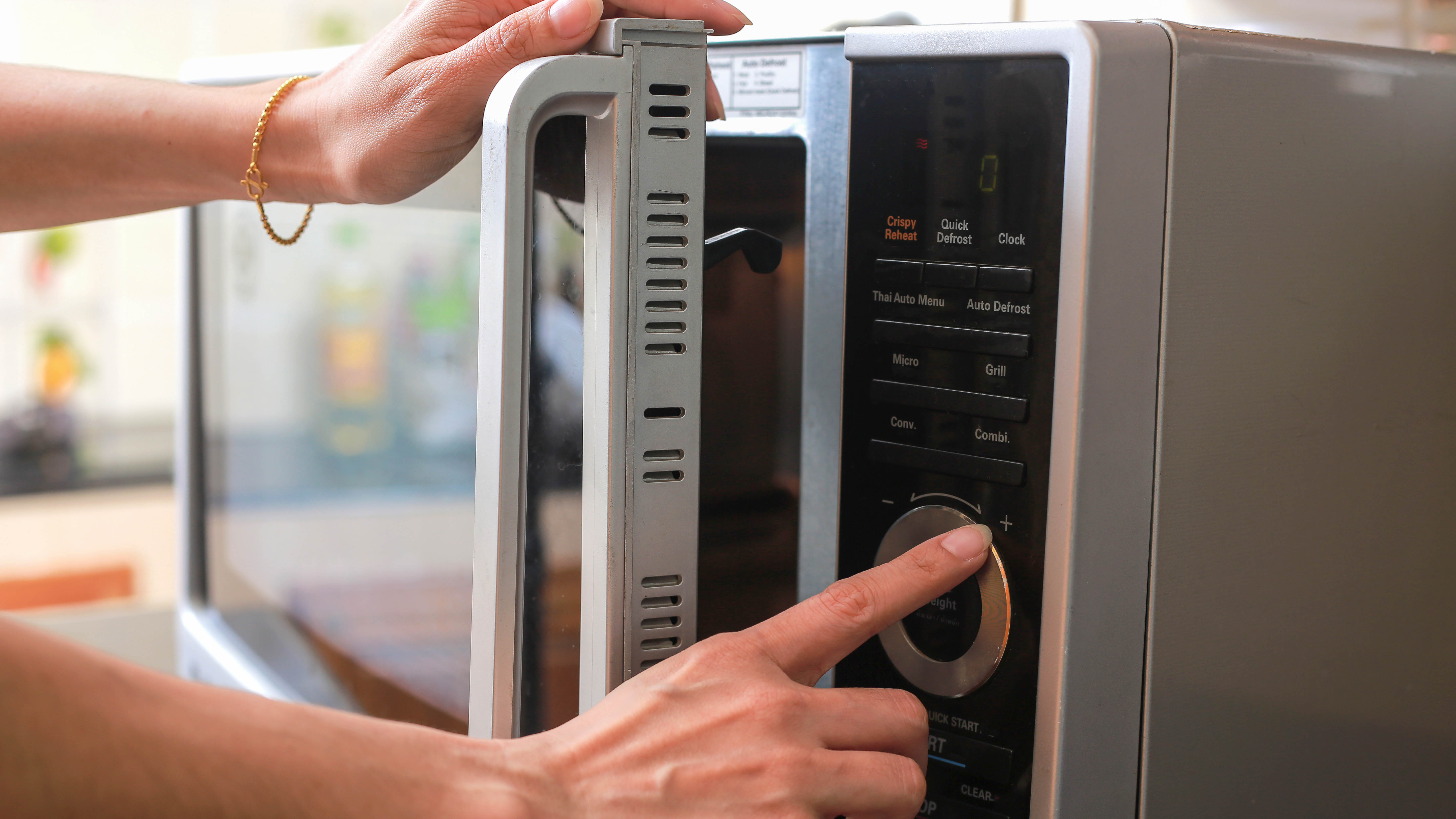
Every kitchen is bound to have one of the best microwaves to offer the convenience of heating up foods or drinks in no time. They are simple to use, and easy to maintain, providing you know how to clean a microwave regularly.
And while we often assume it’s safe to warm up just about anything, there are some things you should never put in the microwave. In fact, certain foods and containers can quickly release toxins, melt, or even explode if heated in the microwave.
Worst case: putting the wrong things in the microwave can result in a fire, serious accident or a damaged microwave. So, before you press the ‘start’ button, find out the 11 things you should never put in a microwave.
1. Aluminium foil or containers
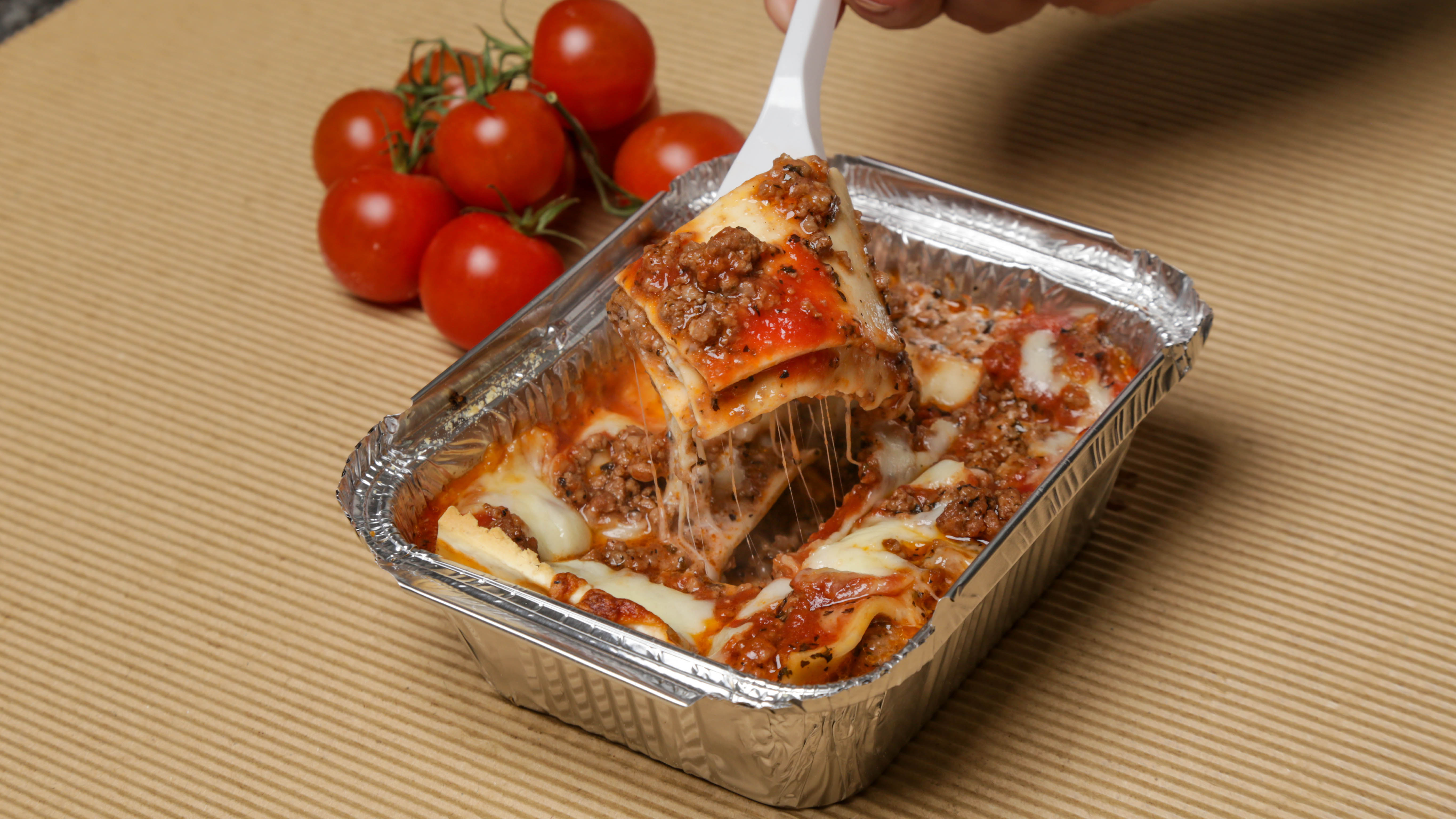
Aluminium foil may be great for oven baking, but you should never (ever) put them in the microwave. Essentially, a microwave’s interior is made of metal, so it functions like a mirror. Once aluminium foil is exposed to the micro waves, this will simply reflect the heat instead of absorbing it, causing the metal to burn rapidly and potentially ignite. Not only can this cause a fire, but could seriously damage your microwave. It’s always best to use microwave-safe containers or dinnerware to reheat your meals.
2. Dinnerware with metallic trim

Similarly, dinner plates or bowls with foil or metal rims should never go in the microwave. Metal surfaces will reflect microwaves, increasing the heat inside, leading to a potential fire risk. In addition, hard metals such as steel, iron, and copper cookware should stay well away from the microwave. If you do have leftovers in a metal container to reheat, simply transfer the food into a microwave-safe container instead.
3. Brown paper bags/cardboard takeaway boxes
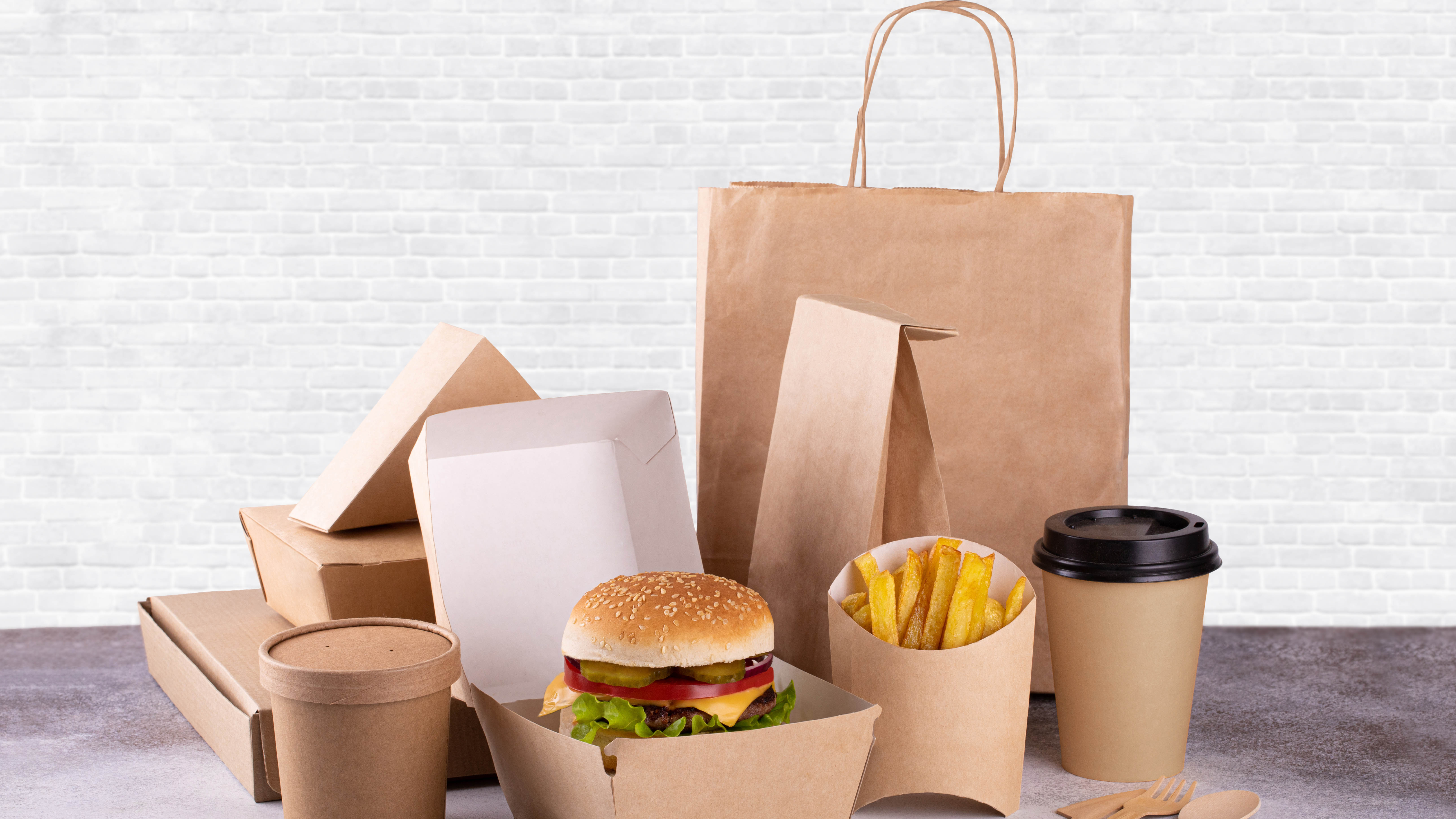
This may come as a surprise, especially for those who love microwave popcorn, but standard, brown paper bags should never go in your microwave. While popcorn bags are specifically lined with a special material making them safe to use in a microwave, brown paper bags or cardboard food boxes are not. In fact, once warmed up in the microwave, these can release dangerous fumes, or could even catch fire inside your microwave at extreme heat.
Simply exchange your paper bag or cardboard box for a microwave-safe bowl, cover with a vented lid before heating, and you’ll have tasty popcorn for those movie nights.
Get instant access to breaking news, the hottest reviews, great deals and helpful tips.
4. Plastic storage containers
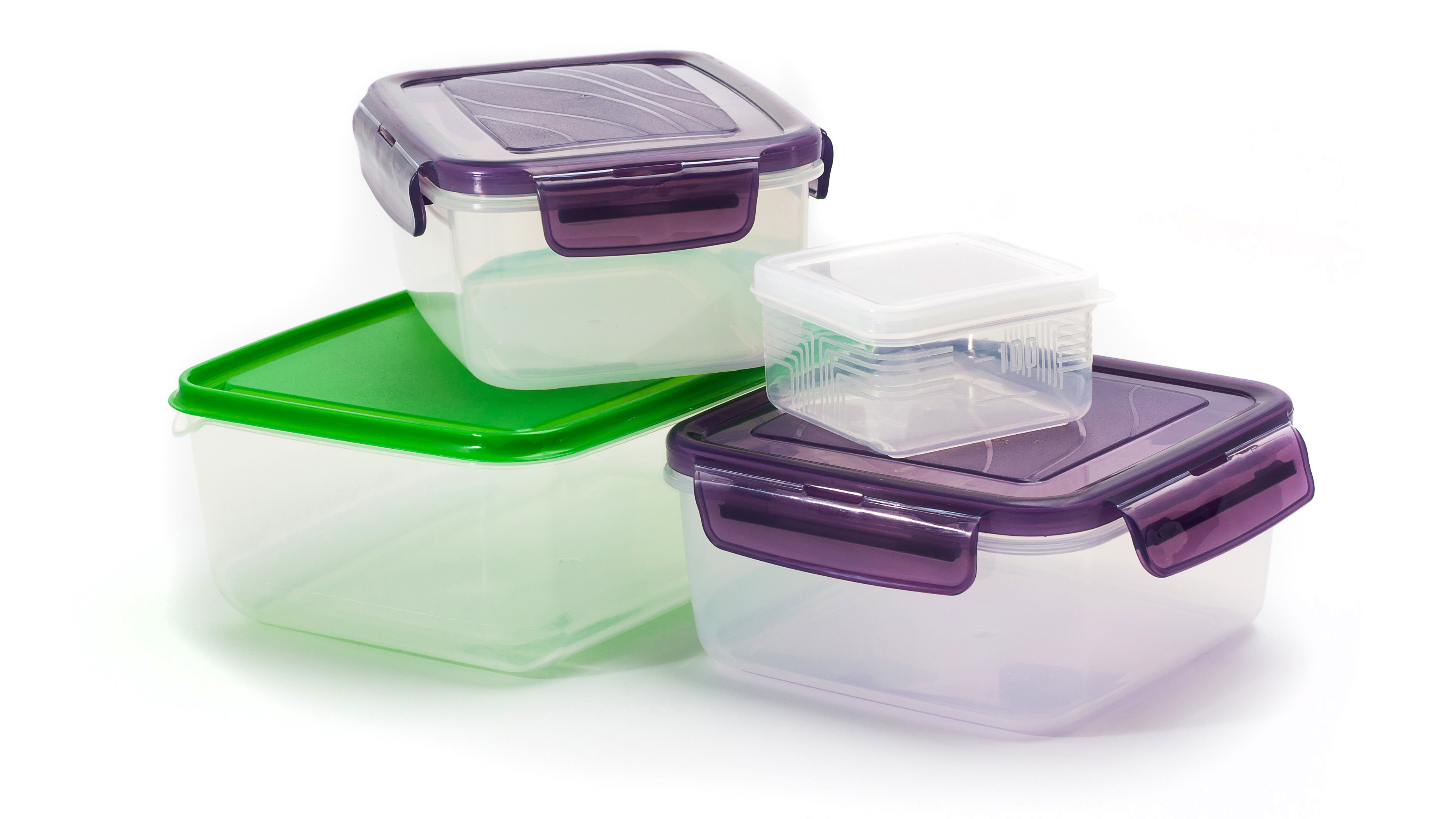
These may be good for storing leftover foods in the fridge, but not so great for reheating them in the microwave. Such plastics are not made to withstand high heat and will inevitably melt. What’s more, this can release toxic chemicals into your food which is poisonous. If in doubt, always check for specific, plastic storage containers that are microwave safe before use.
5. Styrofoam takeaway containers
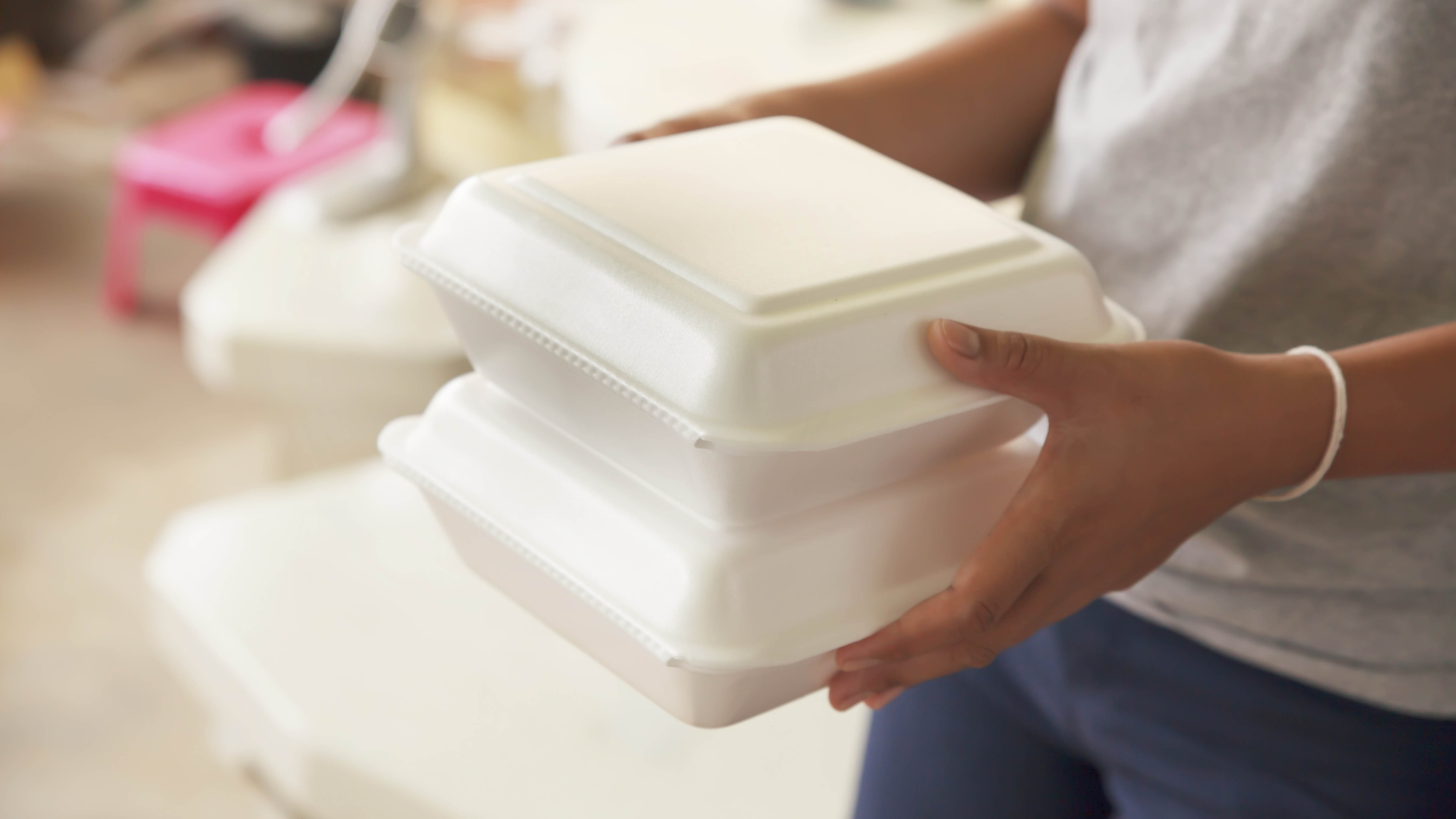
You may want to reheat your takeout in these containers, but styrofoam or polystyrene is a type of plastic. Unless it’s marked microwave-safe, never put styrofoam in the microwave, or else it will melt and release toxic chemicals into the food. In fact, styrofoam containers will often begin to soften at 212 degrees F (the normal use of a microwave), and melt at 464 degrees F. Stick to storing foods in these containers, and no heating.
6. Travel mugs
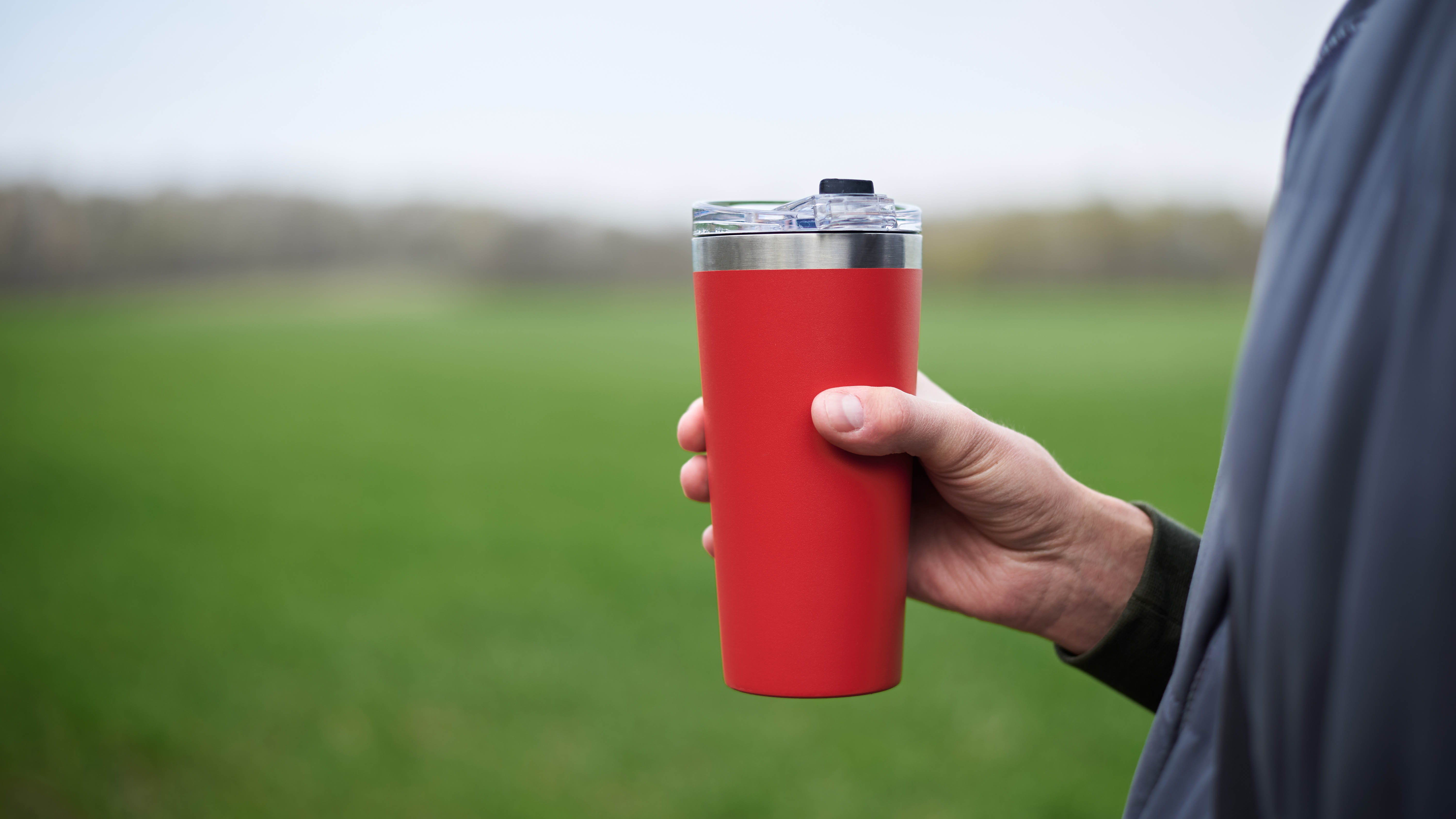
If you’re tempted to warm up your hot beverage before heading out, don’t put your travel mug in the microwave. Most travel mugs are not designed for extreme heat, especially if they're made from stainless steel. Just like anything metallic, the stainless steel will block the heat from warming your coffee or tea and can damage your microwave. If your mug is plastic however, always check to see if it's marked as microwave safe.
7. Mug of water
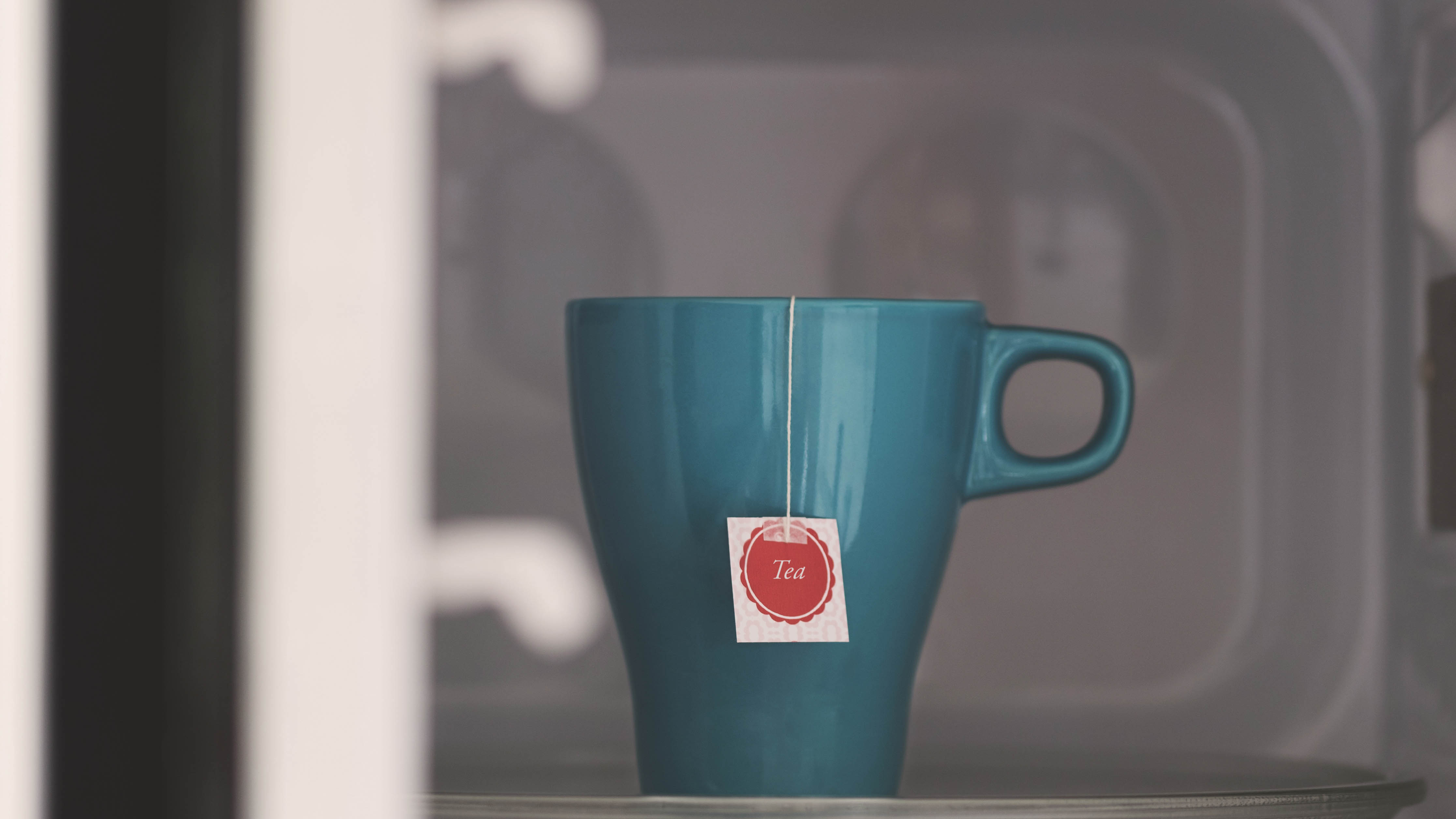
Similarly, it’s common for many to heat a mug of water in the microwave for a quick beverage, but this can actually be dangerous. Unlike an electric kettle, a cup of water doesn't have anything in it to diffuse the energy from the microwave, causing water to overheat. Since it doesn’t physically boil, the vessel is cool, but the water can be extremely hot and potentially dangerous. The safest way to boil water is to use one of the best electric kettles for the right temperature for your tea or coffee.
8. Hot peppers
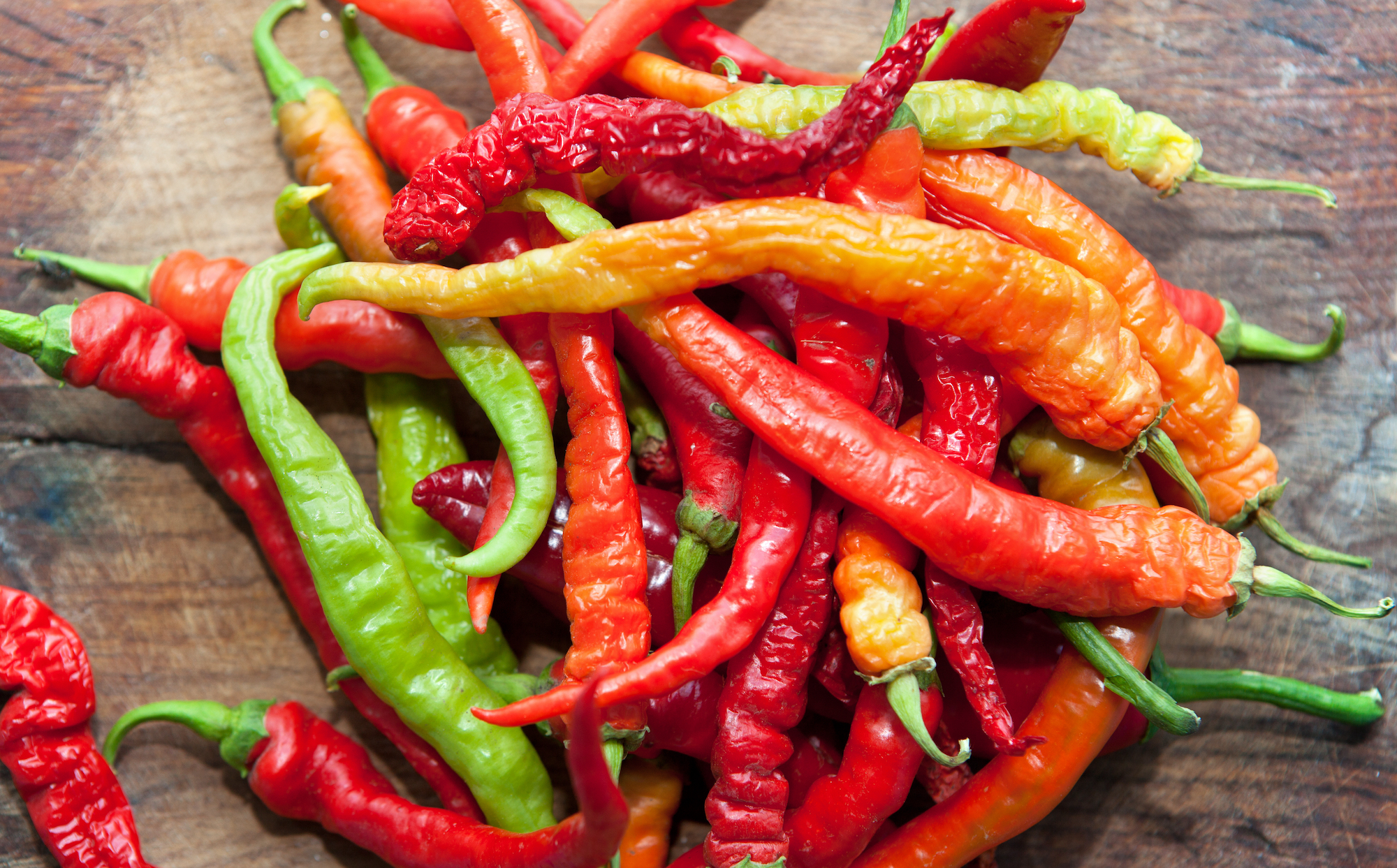
As well as being hot in flavor, hot (spicy) peppers can explode at high temperatures, and can even catch fire in the microwave. What’s more, it releases capsaicin (the active ingredient that makes them spicy), into the air that can sting your eyes or burn your throat when inhaled. It’s always best to grill or pan-sear red peppers using one of the best cast iron skillets.
9. Hard-boiled eggs
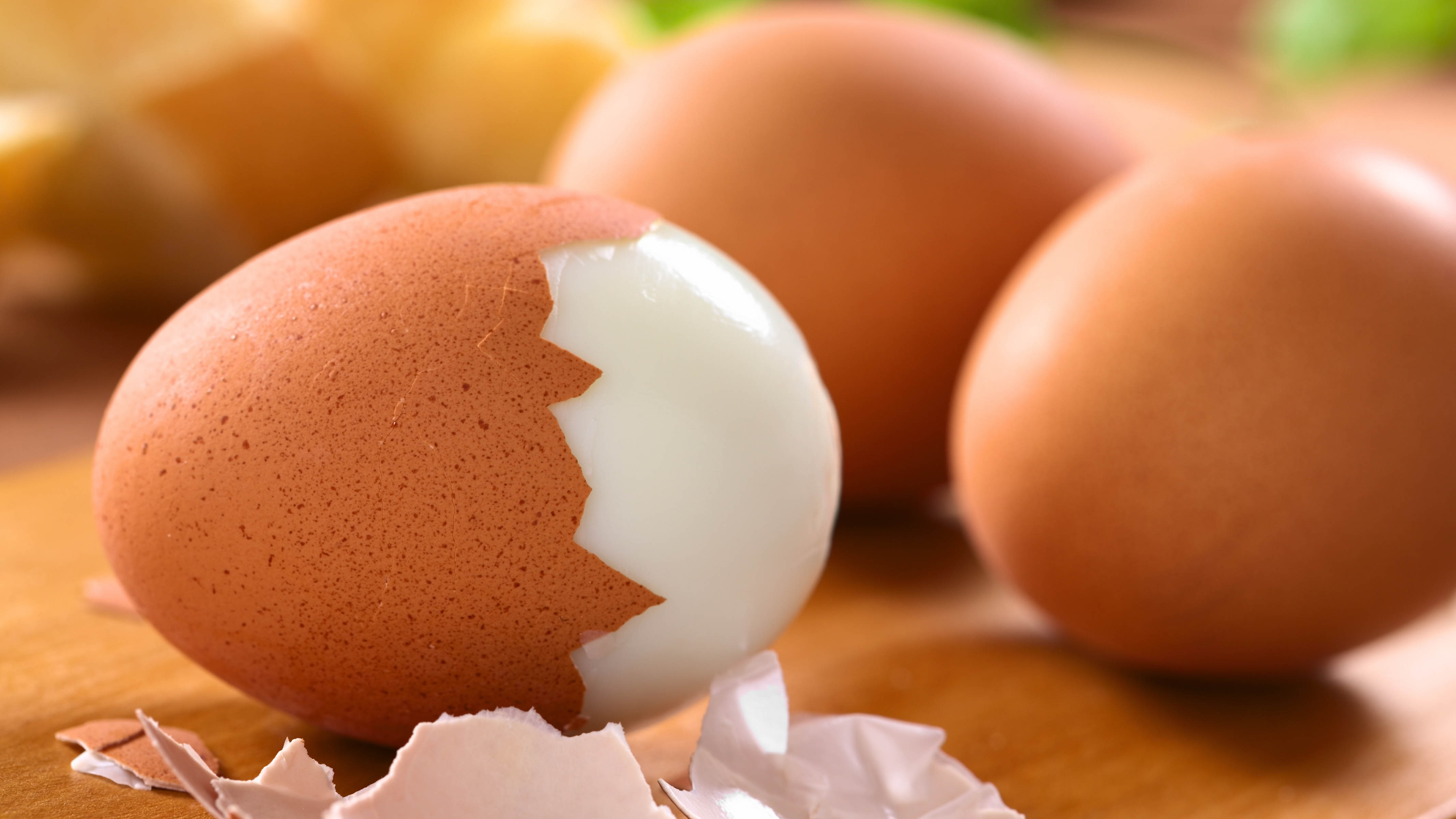
If you think it’s quicker to boil an egg in the microwave, think again. The rapid heating process can create a lot of steam inside the egg, which can get super hot. As the steam has nowhere to go, this will inevitably result in an eggy explosion, and messy microwave to clean! It’s always best to boil in a saucepan or steam.
10. Other ‘exploding’ foods
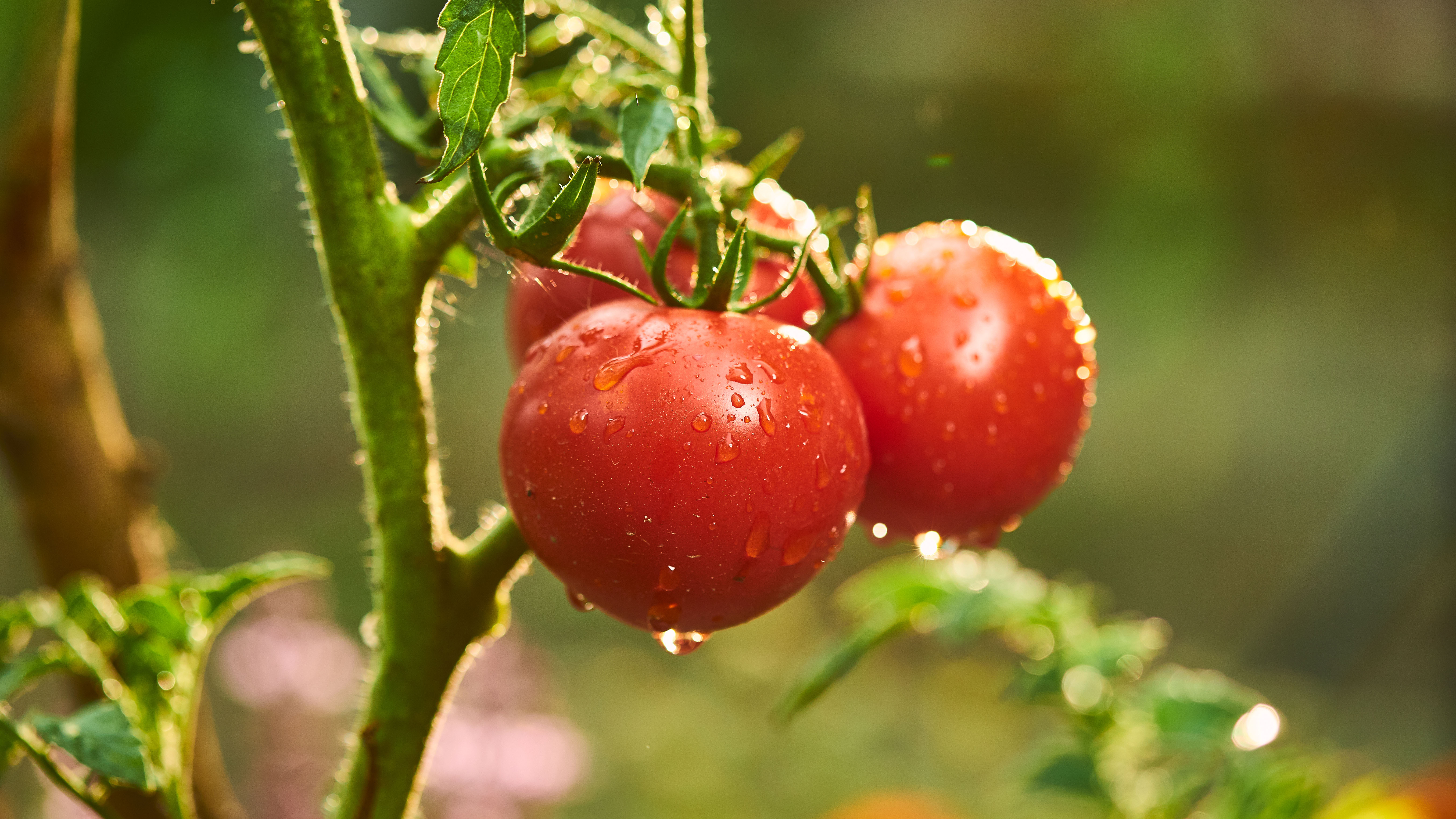
In addition to eggs, there are other foods known to ‘explode’ in the microwave, leaving a hot mess to clean up. These foods include whole potatoes, fruit, hot dogs, eggplant, tomatoes and tomato pasta sauce. Tomato pasta sauce in particular, has a thick consistency, making it difficult for the steam beneath the surface to escape. This is why you’ll usually hear it pop or see it splatter everywhere after you've heated up your spaghetti dishes. To avoid splattering, you’ll need to keep stirring it, which is why it’s better to heat sauces over the stove.
11. Leafy greens
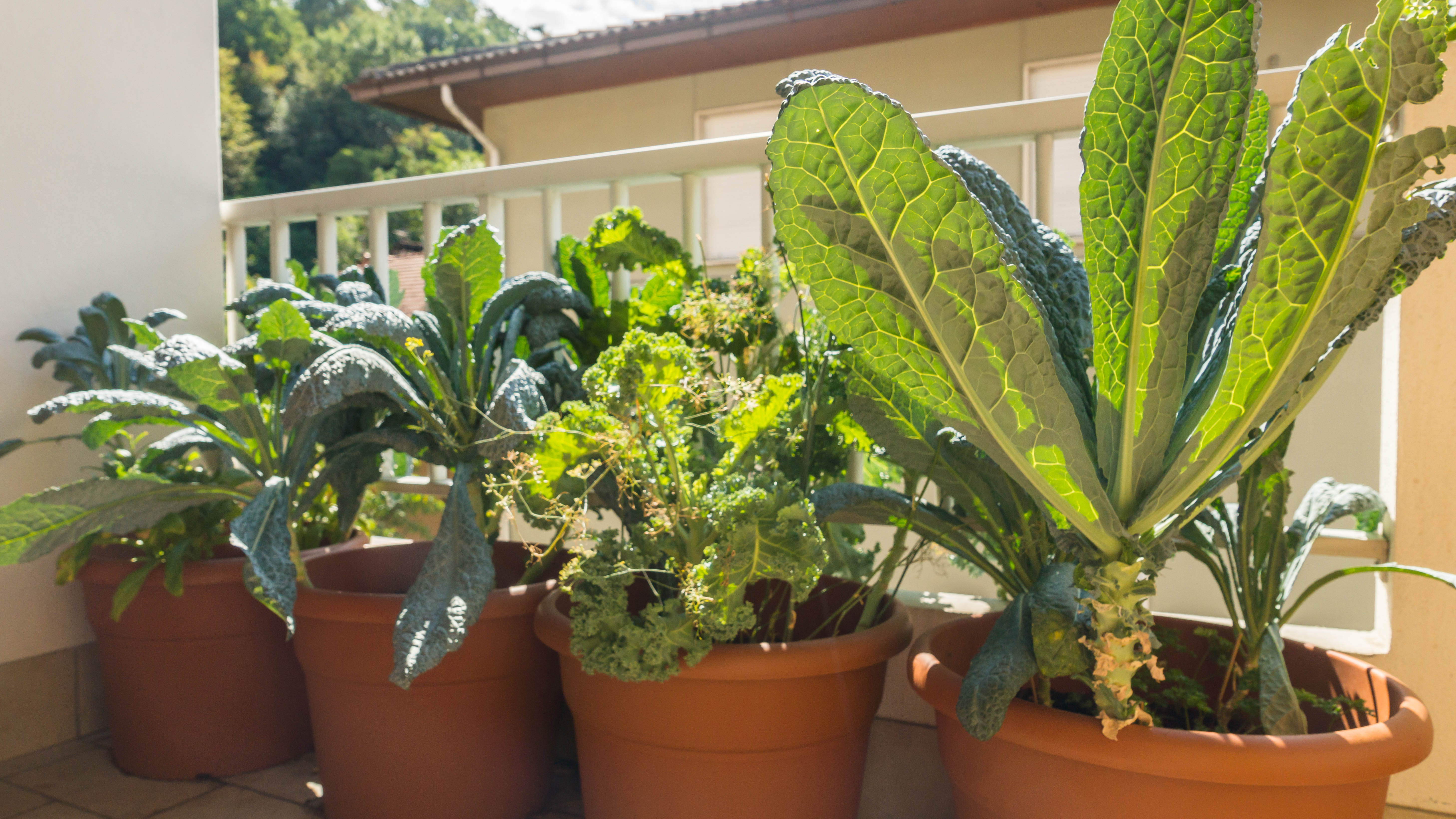
As well as ‘exploding’ foods, there are foods that can potentially cause sparks inside a microwave. Leafy greens such as kale or spinach require a little moisture to cook well. Since you’re heating dry vegetables, this could potentially lead to them sparking, which could damage your microwave. Best case scenario: you’ll end up with a slightly burnt meal.
Also check out our list of the 9 microwave mistakes you never knew you were making.
If you want more impressive cleaning tips, check out how to clean a baking sheet in 3 easy steps to make it just like new. Here are 9 things you didn’t know you could clean with a lemon, 10 things you didn’t know you can clean with baking soda, or 11 things you didn’t know you could clean with toothpaste for a spotless home.

As the Homes Content Editor, Cynthia Lawrence covers all things homes, interior decorating, and garden-related. She has a wealth of editorial experience testing the latest, ‘must-have’ home appliances, writing buying guides and the handy ‘how to’ features.
Her work has been published in various titles including, T3, Top Ten Reviews, Ideal Home, Real Homes, Livingetc. and House Beautiful, amongst many.
With a rather unhealthy obsession for all things homes and interiors, she also has an interior design blog for style inspiration and savvy storage solutions (get rid of that clutter!). When she’s not testing cool products, she’ll be searching online for more decor ideas to spruce up her family home or looking for a great bargain!
